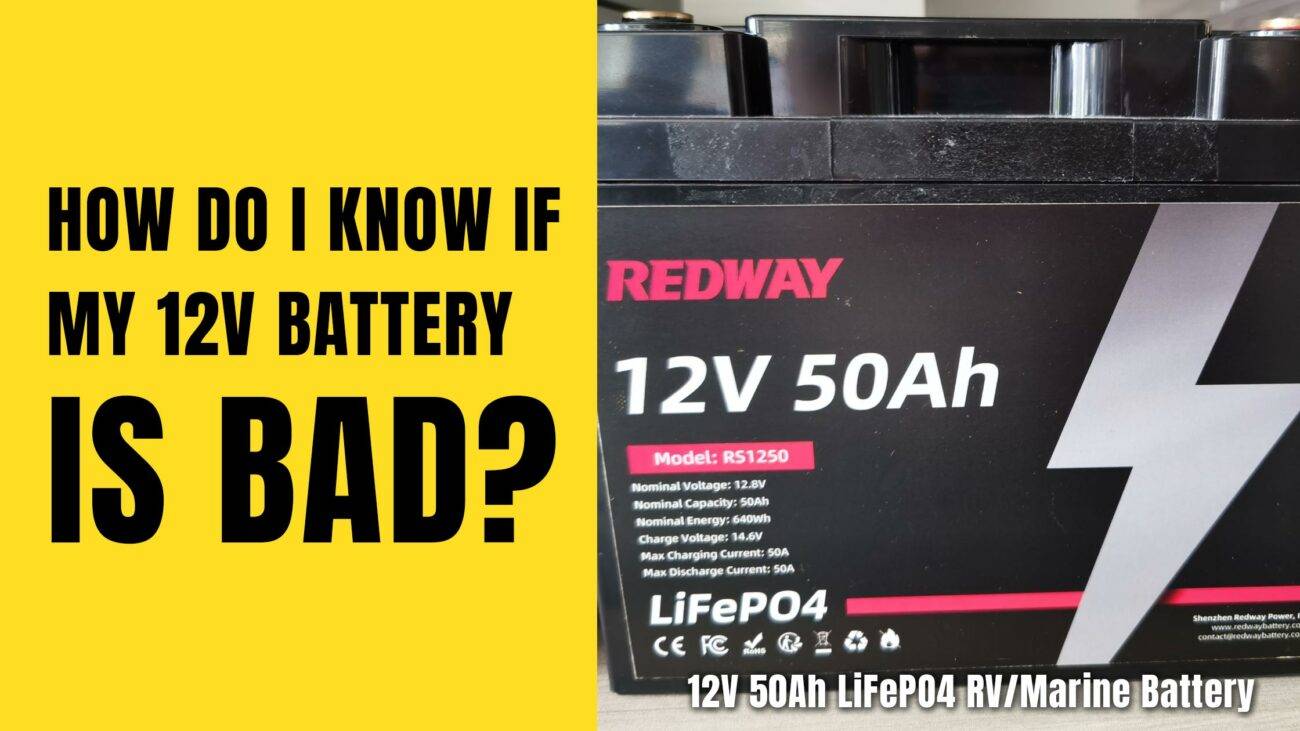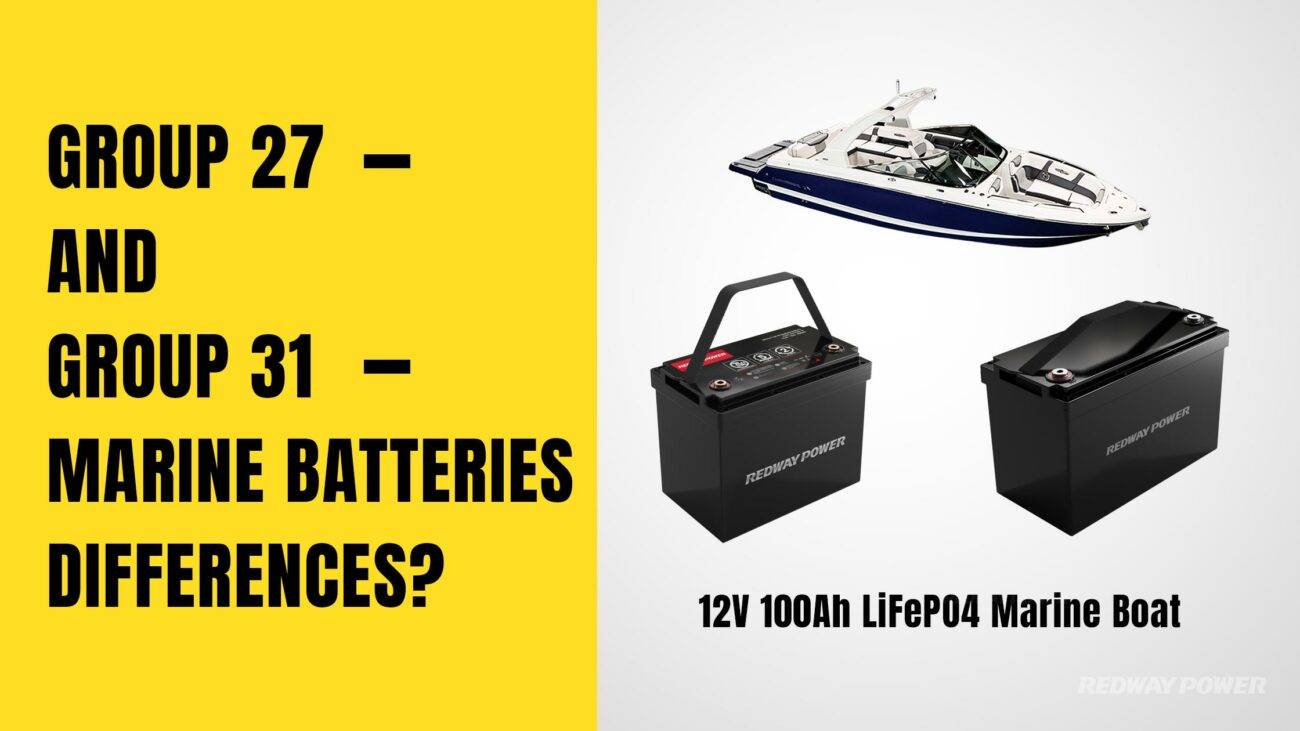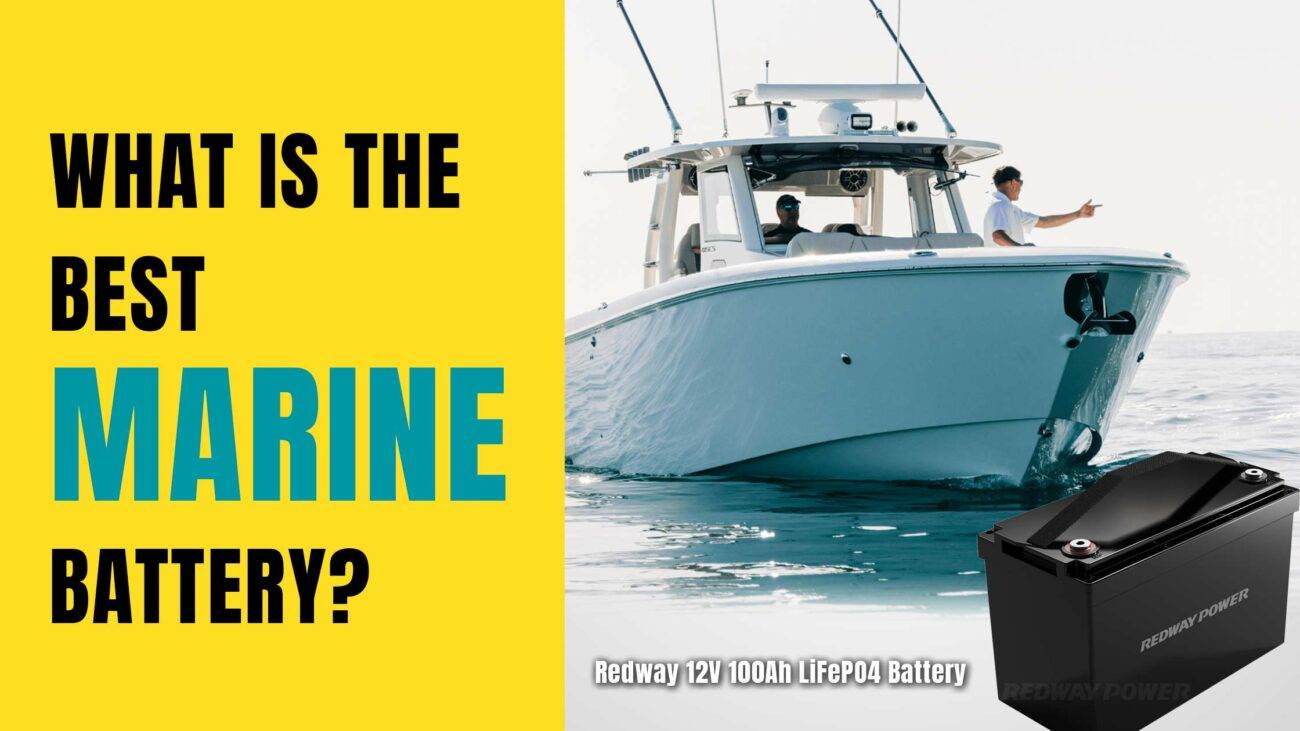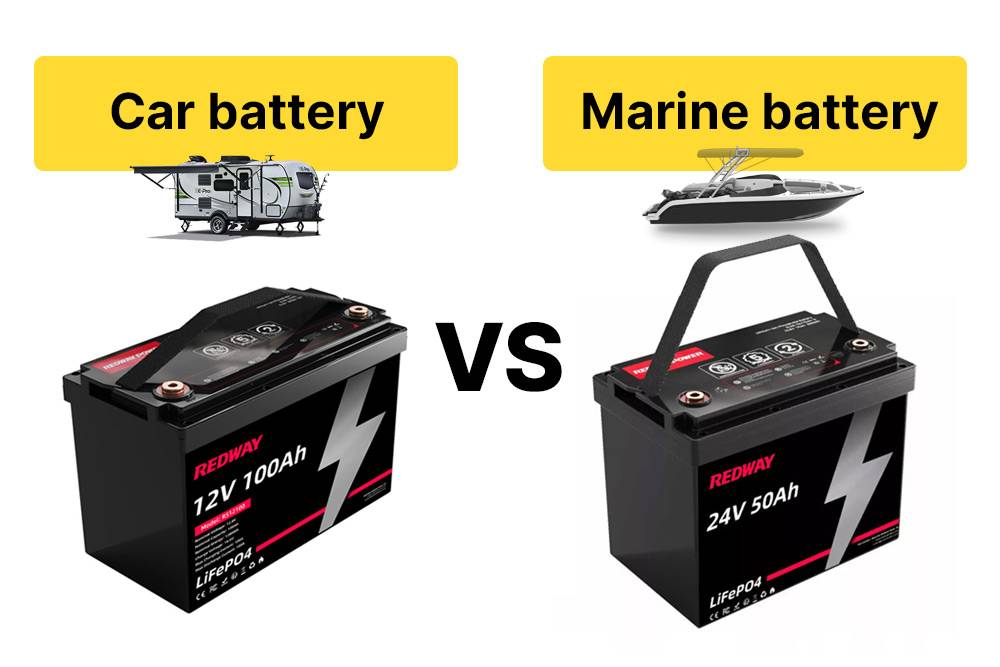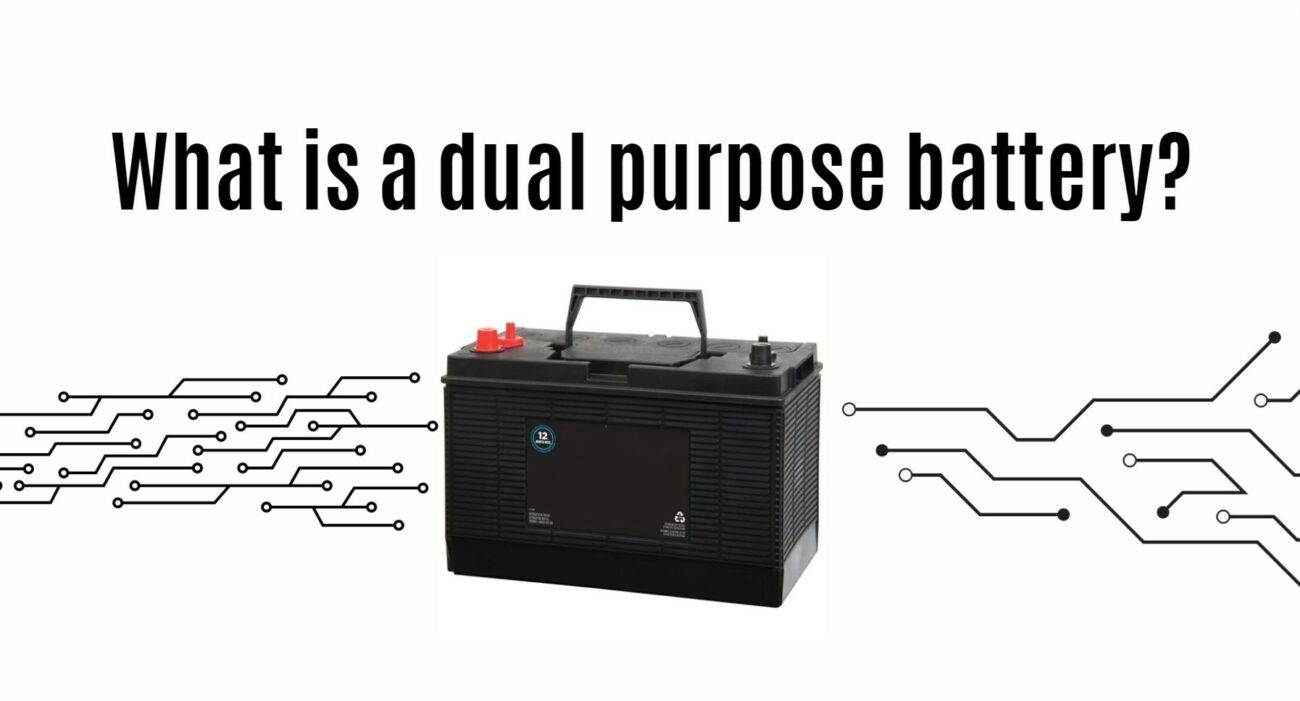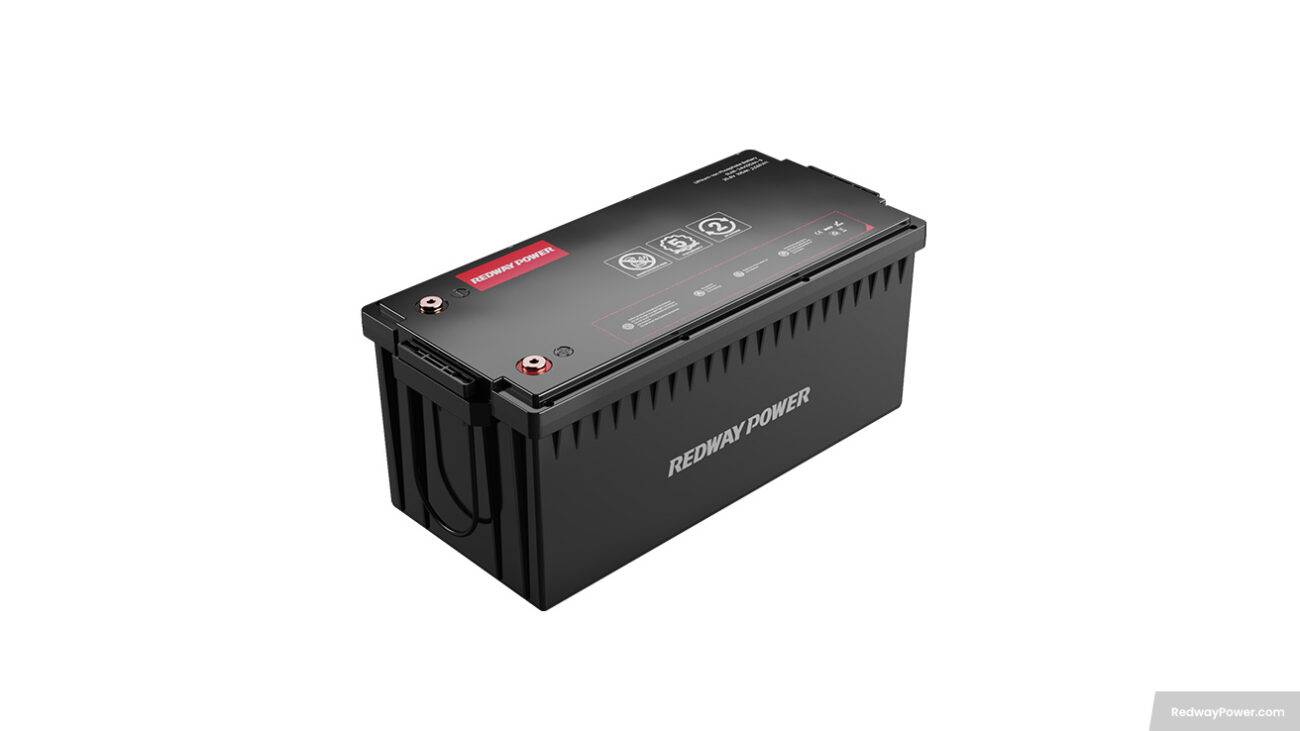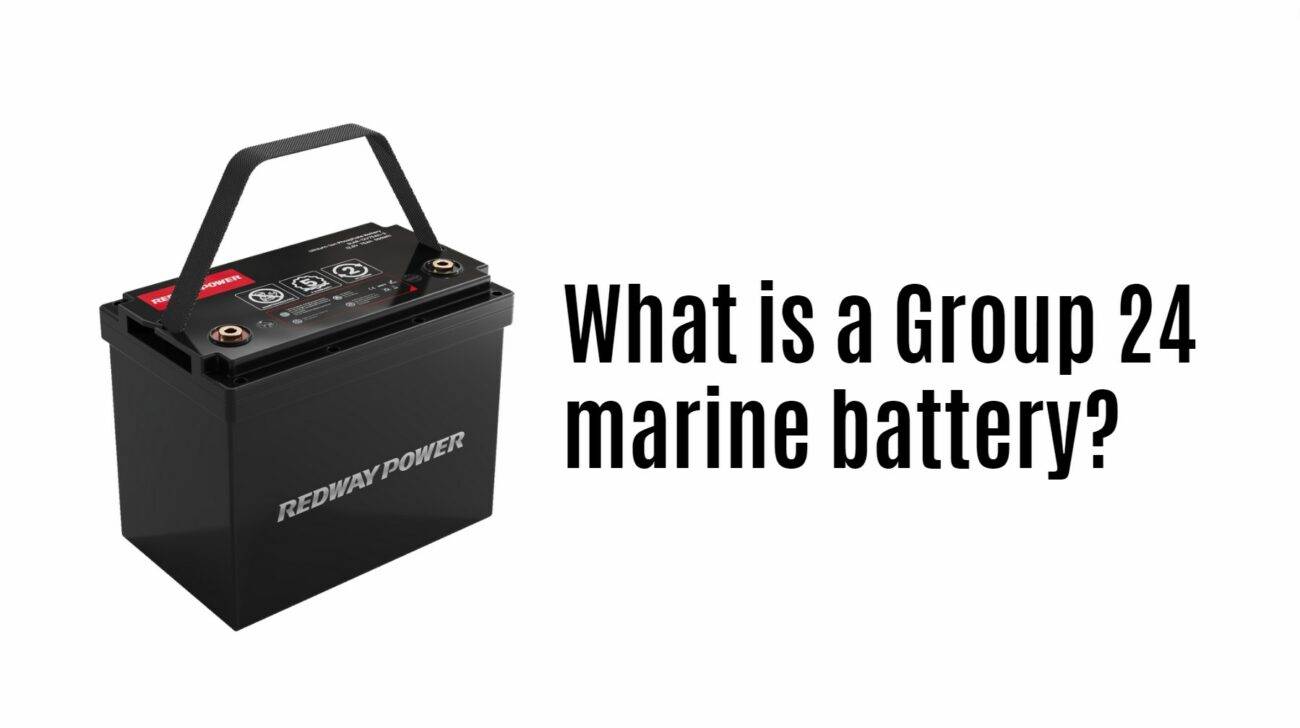- Lithium Golf Cart Battery
- Forklift Lithium Battery
-
48V
- 48V 210Ah
- 48V 300Ah
- 48V 420Ah (949 x 349 x 569 mm)
- 48V 420Ah (950 x 421 x 450 mm)
- 48V 456Ah
- 48V 460Ah (830 x 630 x 590 mm)
- 48V 460Ah (950 x 421 x 450 mm)
- 48V 460Ah (800 x 630 x 600 mm)
- 48V 460Ah (820 x 660 x 470 mm)
- 48V 500Ah
- 48V 560Ah (810 x 630 x 600 mm)
- 48V 560Ah (950 x 592 x 450 mm)
- 48V 600Ah
- 48V 630Ah
-
48V
- 12V Lithium Battery
12V 150Ah Lithium RV Battery
Bluetooth App | BCI Group 31
LiFePO4 Lithium
Discharge Temperature -20°C ~ 65°C
Fast Charger 14.6V 50A
Solar MPPT Charging - 24V Lithium Battery
- 36V Lithium Battery
- 48V Lithium Battery
-
48V LiFePO4 Battery
- 48V 50Ah
- 48V 50Ah (for Golf Carts)
- 48V 60Ah (8D)
- 48V 100Ah (8D)
- 48V 100Ah
- 48V 100Ah (Discharge 100A for Golf Carts)
- 48V 100Ah (Discharge 150A for Golf Carts)
- 48V 100Ah (Discharge 200A for Golf Carts)
- 48V 150Ah (for Golf Carts)
- 48V 160Ah (Discharge 100A for Golf Carts)
- 48V 160Ah (Discharge 160A for Golf Carts)
-
48V LiFePO4 Battery
- 60V Lithium Battery
-
60V LiFePO4 Battery
- 60V 20Ah
- 60V 30Ah
- 60V 50Ah
- 60V 50Ah (Small Size / Side Terminal)
- 60V 100Ah (for Electric Motocycle, Electric Scooter, LSV, AGV)
- 60V 100Ah (for Forklift, AGV, Electric Scooter, Sweeper)
- 60V 150Ah (E-Motocycle / E-Scooter / E-Tricycle / Tour LSV)
- 60V 200Ah (for Forklift, AGV, Electric Scooter, Sweeper)
-
60V LiFePO4 Battery
- 72V~96V Lithium Battery
- Rack-mounted Lithium Battery
- E-Bike Battery
- All-in-One Home-ESS
- Wall-mount Battery ESS
-
Home-ESS Lithium Battery PowerWall
- 24V 100Ah 2.4kWh PW24100-S PowerWall
- 48V 50Ah 2.4kWh PW4850-S PowerWall
- 48V 50Ah 2.56kWh PW5150-S PowerWall
- 48V 100Ah 5.12kWh PW51100-F PowerWall (IP65)
- 48V 100Ah 5.12kWh PW51100-S PowerWall
- 48V 100Ah 5.12kWh PW51100-H PowerWall
- 48V 200Ah 10kWh PW51200-H PowerWall
- 48V 300Ah 15kWh PW51300-H PowerWall
PowerWall 51.2V 100Ah LiFePO4 Lithium Battery
Highly popular in Asia and Eastern Europe.
CE Certification | Home-ESS -
Home-ESS Lithium Battery PowerWall
- Portable Power Stations
What You Need to Know About Marine Dual Purpose Batteries
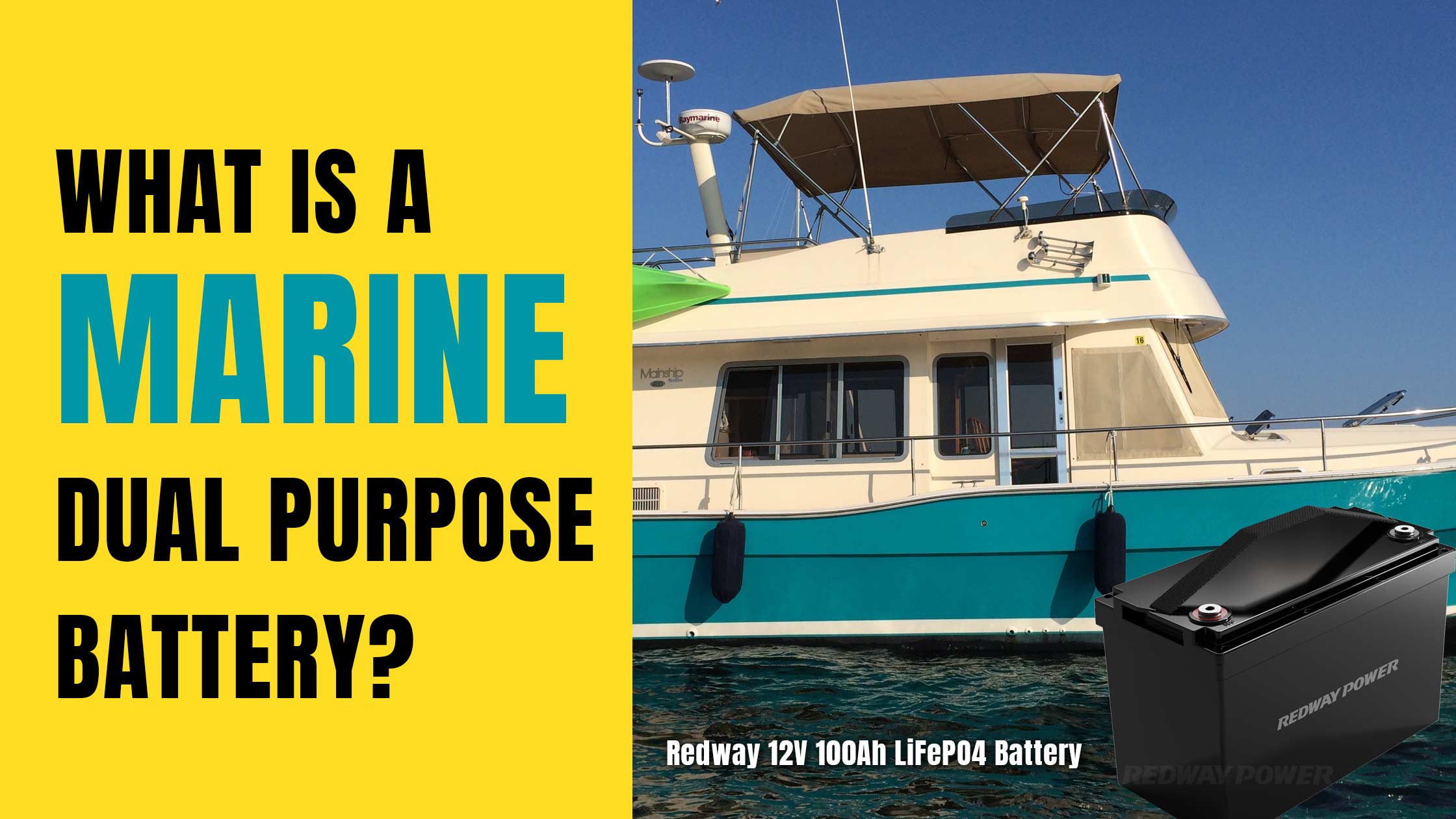
Marine dual purpose batteries are versatile power sources designed to serve both starting and deep-cycle applications in boats. They provide the necessary power to start the engine while also being capable of running onboard electronics and accessories, making them ideal for smaller vessels where space is limited.
What are marine dual purpose batteries?
Marine dual purpose batteries, also known as hybrid batteries, combine the features of starting and deep-cycle batteries. They are engineered to deliver a high burst of power for starting the engine, similar to cranking batteries, while also being able to provide sustained energy over longer periods for powering electronics and accessories.
How do marine dual purpose batteries work?
These batteries utilize advanced technology that allows them to handle both high current demands for short durations (starting) and lower current demands over extended periods (deep cycling). This is achieved through a design that incorporates thicker plates than standard starting batteries, allowing for deeper discharges without damaging the battery.How Marine Dual Purpose Batteries Work Chart
| Feature | Starting Function | Deep Cycle Function |
|---|---|---|
| Current Output | High burst for engine start | Sustained power for electronics |
| Plate Design | Thinner plates for quick charging | Thicker plates for deeper discharges |
| Cycle Life | Limited cycles | Extended cycles |
What are the benefits of using marine dual purpose batteries?
Marine dual purpose batteries offer several advantages:
- Versatility: They can start engines and power accessories, making them ideal for smaller boats.
- Space Efficiency: Eliminates the need for separate starting and deep-cycle batteries, saving valuable space.
- Cost-Effective: Generally less expensive than purchasing two separate batteries.
How do marine dual purpose batteries compare to other types?
When compared to dedicated starting or deep-cycle batteries, dual purpose batteries provide a compromise between performance and versatility:
- Starting Batteries: Deliver higher bursts of power but cannot sustain energy over long periods.
- Deep Cycle Batteries: Designed for prolonged energy discharge but lack the initial power needed to start an engine.
While dual purpose batteries can handle both tasks, they may not perform as well as dedicated options in extreme conditions.
What should I consider when choosing a marine dual purpose battery?
When selecting a marine dual purpose battery, consider these factors:
- Capacity: Ensure the battery has sufficient amp-hours (Ah) to meet your boat’s energy demands.
- Size: Verify that the battery fits in your boat’s designated battery compartment.
- Type: Choose between flooded lead-acid, AGM, or lithium options based on your budget and performance needs.
- Brand Reputation: Opt for reputable brands with good warranties and customer support.
Choosing a Marine Dual Purpose Battery Chart
| Factor | Considerations |
|---|---|
| Capacity | Minimum amp-hours needed |
| Size | Dimensions matching your boat’s compartment |
| Type | Flooded lead-acid, AGM, or lithium |
| Brand Reputation | Established brands with strong warranties |
How can I maintain my marine dual purpose battery for longevity?
To extend the life of your marine dual purpose battery:
- Regular Charging: Keep it charged, especially after heavy use.
- Clean Terminals: Inspect and clean terminals regularly to prevent corrosion.
- Monitor Water Levels: For flooded lead-acid types, ensure proper electrolyte levels.
- Avoid Deep Discharges: Try not to discharge below 50% capacity regularly.
What are the common applications for marine dual purpose batteries?
Common applications include:
- Powering small boats where space is limited.
- Running trolling motors while also providing starting power.
- Supporting electronic devices such as fish finders, GPS units, and lights.
Why might I choose a dedicated starting or deep cycle battery instead?
While dual purpose batteries offer convenience, dedicated starting or deep cycle batteries may be preferable if:
- You have enough space on your boat for multiple batteries.
- You require maximum performance in either starting or deep cycle applications.
- You’re operating in extreme conditions where optimal performance is critical.
Industrial News
The market for marine batteries is evolving rapidly with advancements in technology, particularly with lithium-ion options gaining popularity due to their lightweight design and long lifespan. Manufacturers are increasingly focusing on producing hybrid solutions that cater to both recreational boaters and commercial applications. The demand for eco-friendly solutions is also influencing product development in this sector.
Redway Power Expert Views
“Choosing the right battery type is crucial for any boater,” states an expert from Redway Power. “Marine dual purpose batteries offer flexibility but understanding your specific needs can lead to better performance overall. For serious anglers or long-distance cruisers, investing in dedicated batteries might be more beneficial.” This perspective highlights the importance of assessing individual boating requirements before making a decision.
Frequently Asked Questions About Marine Dual Purpose Batteries
- What are marine dual purpose batteries?
Marine dual purpose batteries combine features of starting and deep-cycle batteries, allowing them to start engines and power onboard electronics. - How do marine dual purpose batteries work?
They deliver high bursts of power for starting while also providing sustained energy over longer periods due to their thicker plates. - What are the benefits of using marine dual purpose batteries?
They offer versatility, space efficiency by combining functions, and cost-effectiveness compared to purchasing separate batteries. - How do they compare to other types?
Dual purpose batteries provide a compromise; they can perform both tasks but may not excel like dedicated starting or deep-cycle options. - What should I consider when choosing one?
Consider capacity, size, type (flooded lead-acid, AGM, lithium), and brand reputation when selecting a battery. - How can I maintain my battery?
Regular charging, cleaning terminals, monitoring water levels (for flooded types), and avoiding deep discharges will help extend its life. - What are common applications?
They are commonly used in small boats, powering trolling motors and supporting electronic devices like GPS units. - Why choose dedicated batteries instead?
Dedicated starting or deep cycle batteries may provide better performance if you have space and specific needs in extreme conditions.
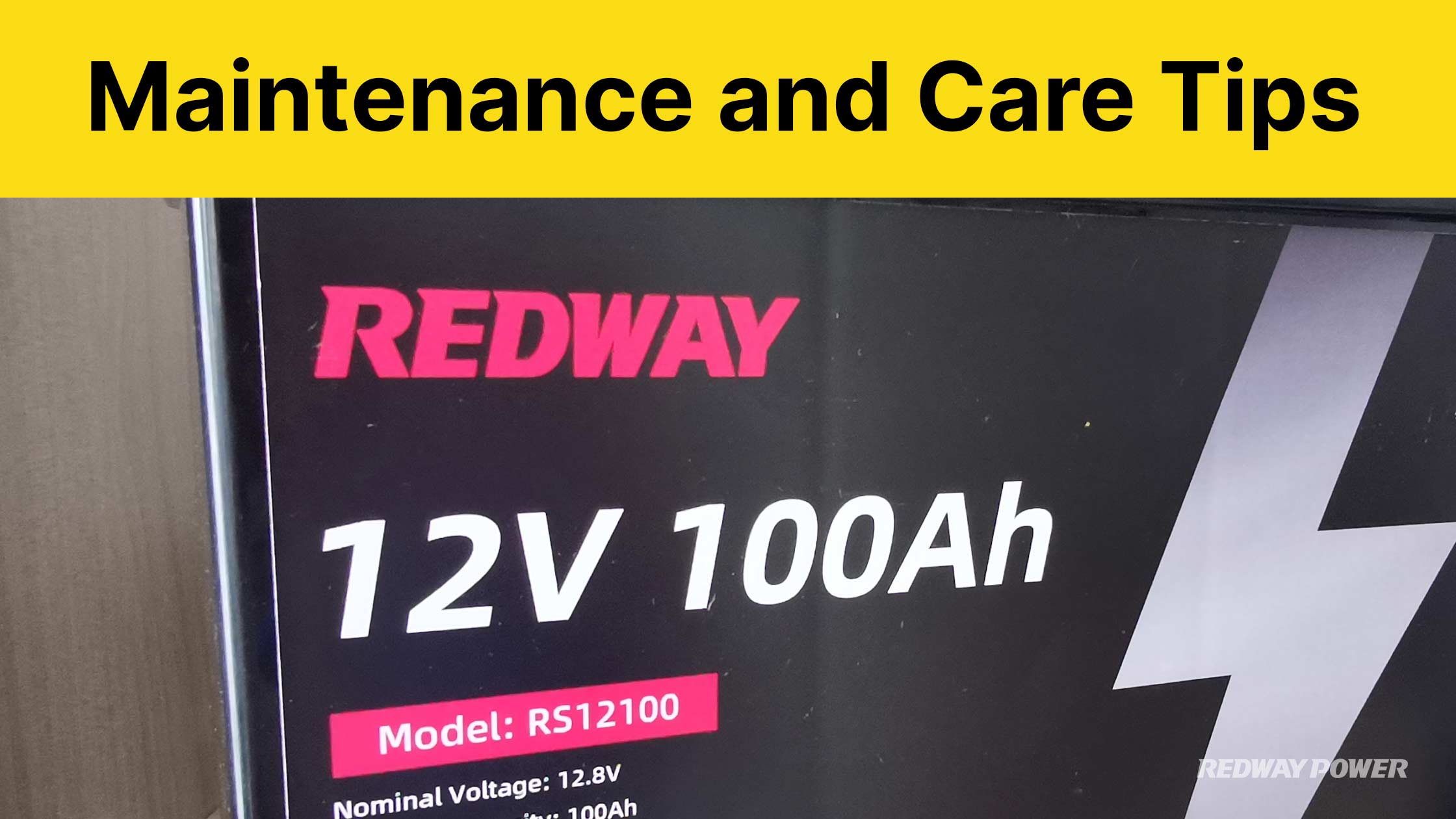
What does dual purpose marine battery mean?
Can I use a dual purpose marine battery in my car?
What type of battery is an interstate dual purpose?
Is there a difference between marine battery and regular battery?
What are the benefits of lithium batteries compared to lead-acid batteries for boats?
Lithium batteries are lighter, offer more power, last longer, and have a deeper discharge depth than lead-acid batteries. They also charge faster, have a higher energy density, and require less maintenance, making them ideal for boating applications.
What is a deep cycle marine battery?
A deep cycle marine battery is designed to provide a steady amount of current over a long period. Unlike starting batteries, which deliver short bursts of high power, deep cycle batteries can be discharged repeatedly and deeply without damaging their lifespan.
How do lithium trolling motor batteries compare to lead-acid batteries in terms of capacity?
Lithium trolling motor batteries typically have a higher capacity and energy density than lead-acid batteries. They offer more usable power and longer runtime due to their ability to discharge more deeply and efficiently.
How do you charge marine batteries efficiently?
To charge marine batteries efficiently, use a smart charger compatible with the battery type, avoid overcharging, and charge at the recommended voltage and current settings. Regular maintenance and ensuring proper connections also enhance efficiency.
What are common uses for deep cycle marine batteries on boats?
Deep cycle marine batteries are commonly used for powering trolling motors, lights, electronics, and other onboard systems. They are ideal for applications requiring sustained power over long periods.
What should be considered when using alternators to charge LiFePO4 batteries?
When using alternators to charge LiFePO4 batteries, consider the battery’s specific charging requirements, including voltage and current limits. Ensure your alternator is compatible and that a suitable charging profile is used to avoid damage.
Can LiFePO4 marine batteries be charged with alternators?
Yes, LiFePO4 marine batteries can be charged with alternators, but it requires an appropriate charging system or regulator to match the battery’s charging profile. This ensures efficient and safe charging.
What is the significance of amp hours in trolling motor batteries?
Amp hours (Ah) indicate the battery’s capacity, representing how long it can supply a certain amount of current. Higher amp hours mean longer runtime for trolling motors and onboard electronics before needing a recharge.
Why is it recommended to use a lithium battery charger for marine batteries?
A lithium battery charger is recommended for marine batteries because it is specifically designed to meet the charging requirements of lithium batteries, ensuring optimal performance, longevity, and safety by providing the correct voltage and charge profile.
What are recommended options for trolling motor batteries?
Recommended options for trolling motor batteries include high-capacity lithium batteries for longer run times and lighter weight, or high-quality deep cycle lead-acid batteries for a cost-effective alternative. Choose based on your boat’s power needs and budget.
More FAQs
Q: Can I use a marine dual purpose battery for my RV or other applications?
A: While marine dual purpose batteries are specifically designed for marine use, they can also be used in other applications such as RVs, motorhomes, and even off-grid solar systems. However, it’s important to consider the specific power requirements of your application and consult with a professional if you’re unsure.
Q: How long do marine dual purpose batteries last?
A: The lifespan of a marine dual purpose battery can vary depending on factors such as usage patterns and maintenance. On average, these batteries can last anywhere from 3 to 7 years. Regularly checking the battery’s condition and following proper maintenance practices can help prolong its lifespan.
Q: What is the difference between a starting battery and a dual purpose battery?
A: A starting battery is designed to provide high bursts of power for short periods to start an engine. On the other hand, a dual-purpose battery is designed not only to start your boat’s engine but also to provide sustained power for onboard electronics and accessories.
Q: Can I recharge my marine dual purpose battery while onboard?
A: Yes, most boats have charging systems that allow you to recharge your marine dual purpose battery while out on the water. It’s important to follow the manufacturer’s instructions regarding charging procedures and ensure that you have sufficient charging capacity for your specific setup.














